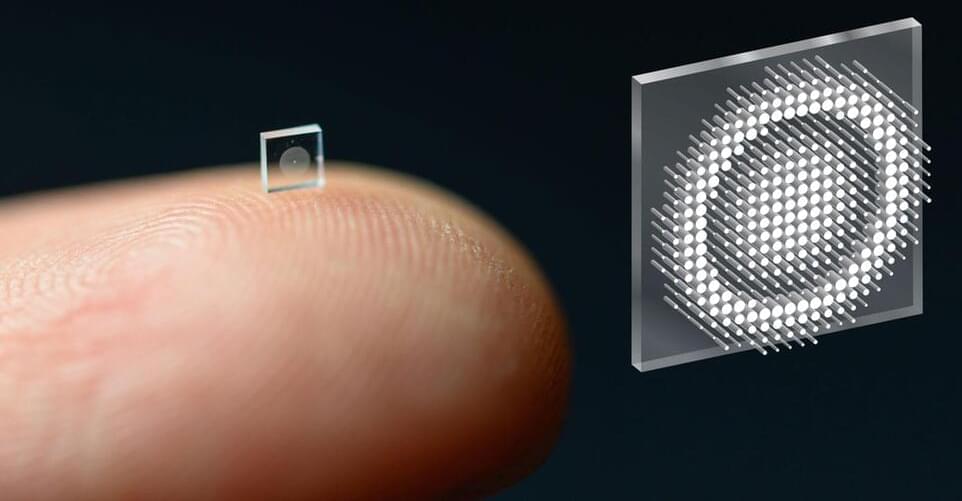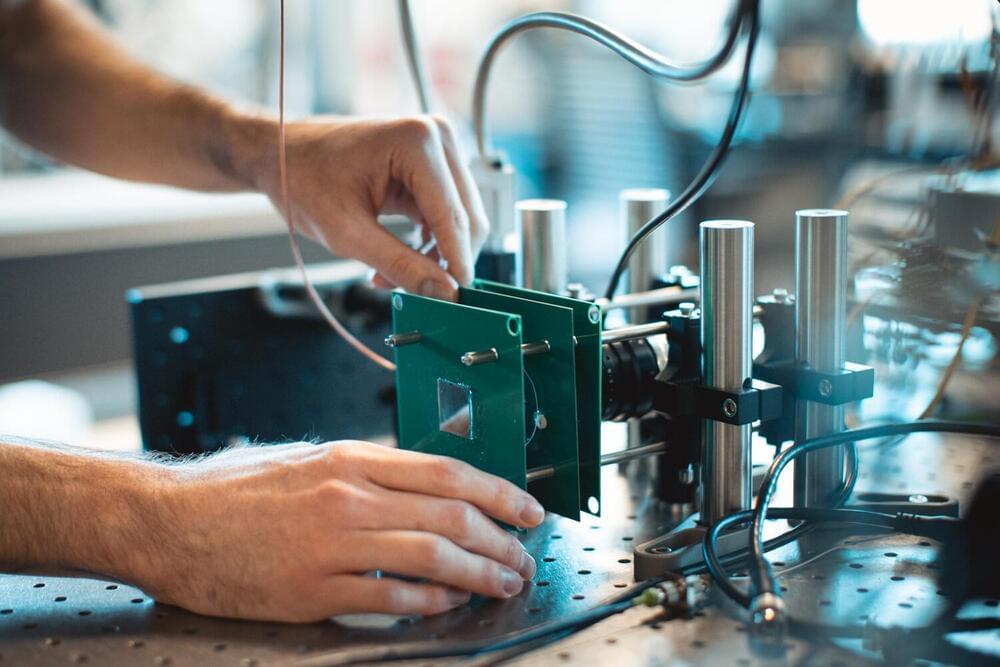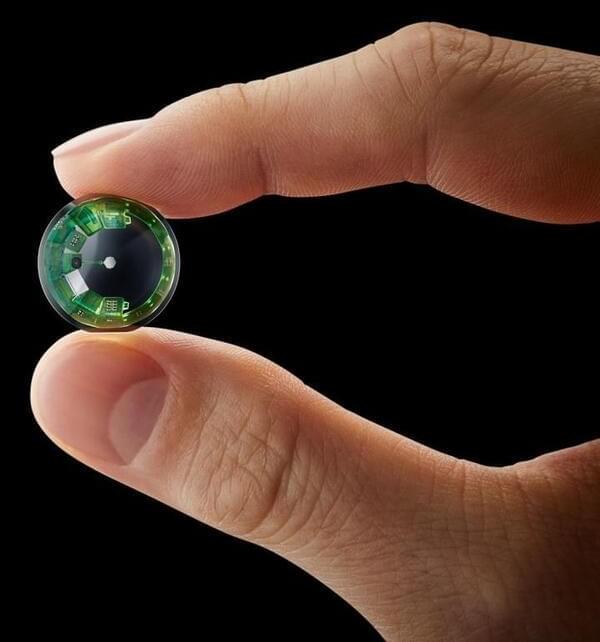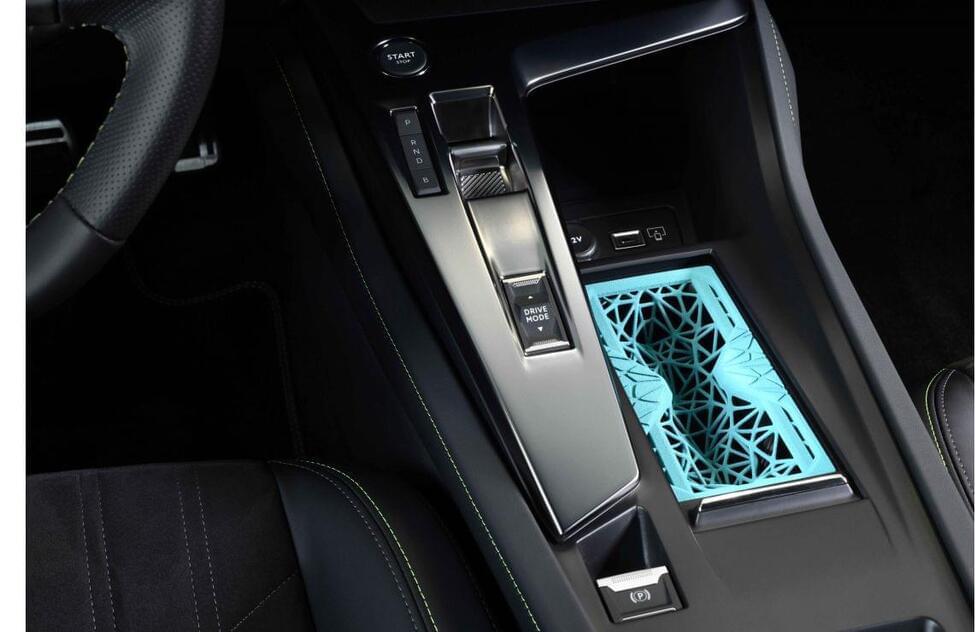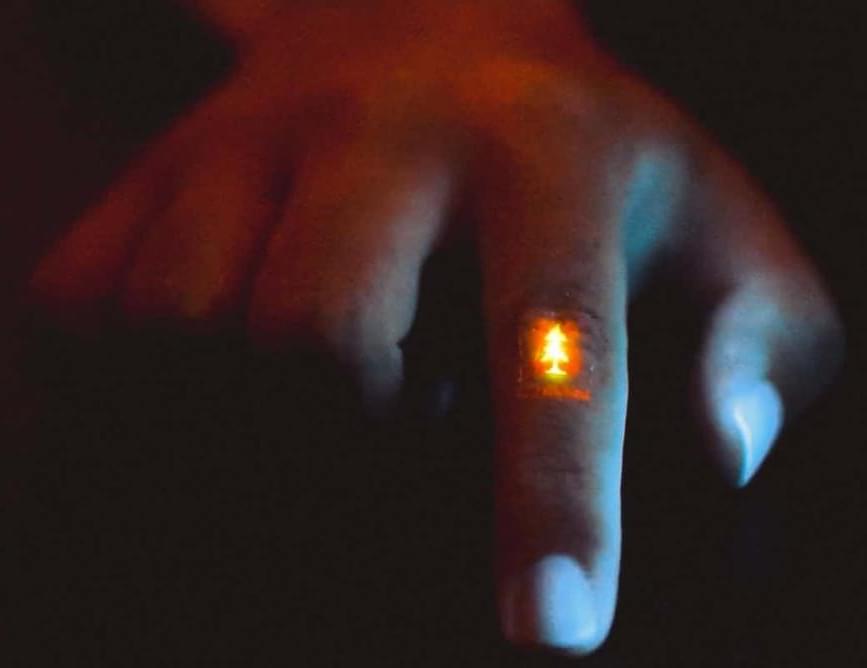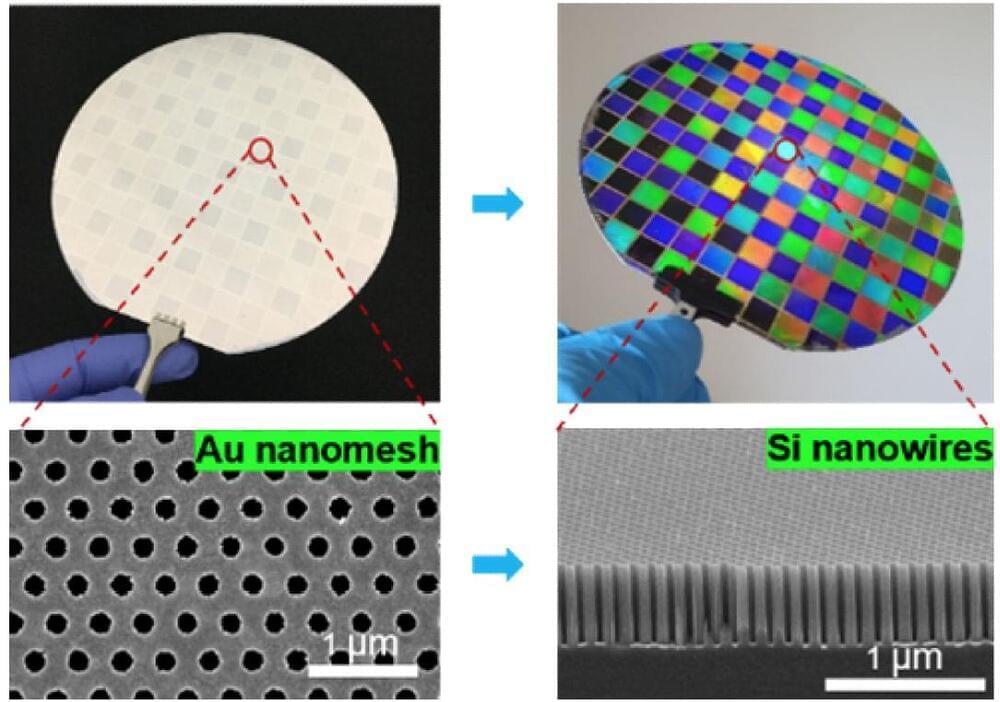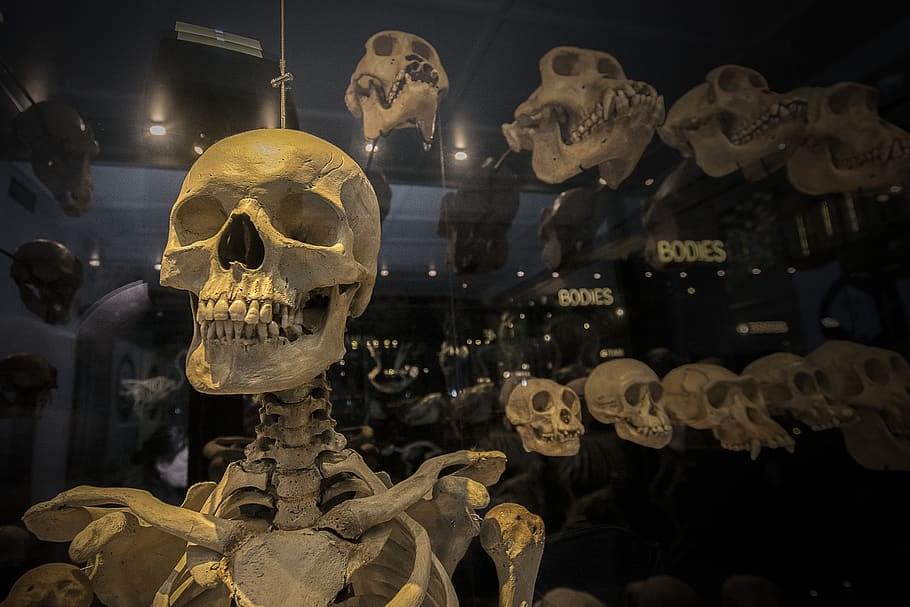Say cheese! Researchers have developed a tiny camera that takes amazingly clear photos. Just don’t sneeze while it’s in your hand. At the size of a coarse grain of salt, you may never find it again.
Smaller cameras could mean lighter smartphones and new James Bond–style gadgets. But that’s not all. Cameras on this scale could swim through the body, hitch a ride on an insect, scope out your brain or monitor hostile environments. And those are just a few of the possibilities.
How do you pack that much picture-taking power into something the size of a crumb? It takes a “radically different approach” to making a camera lens, says Felix Heide. He’s a computer scientist at Princeton University in New Jersey. His lab developed the camera with colleagues from the University of Washington in Seattle. The team shared its work in Nature Communications in November.
